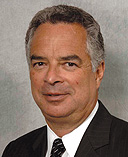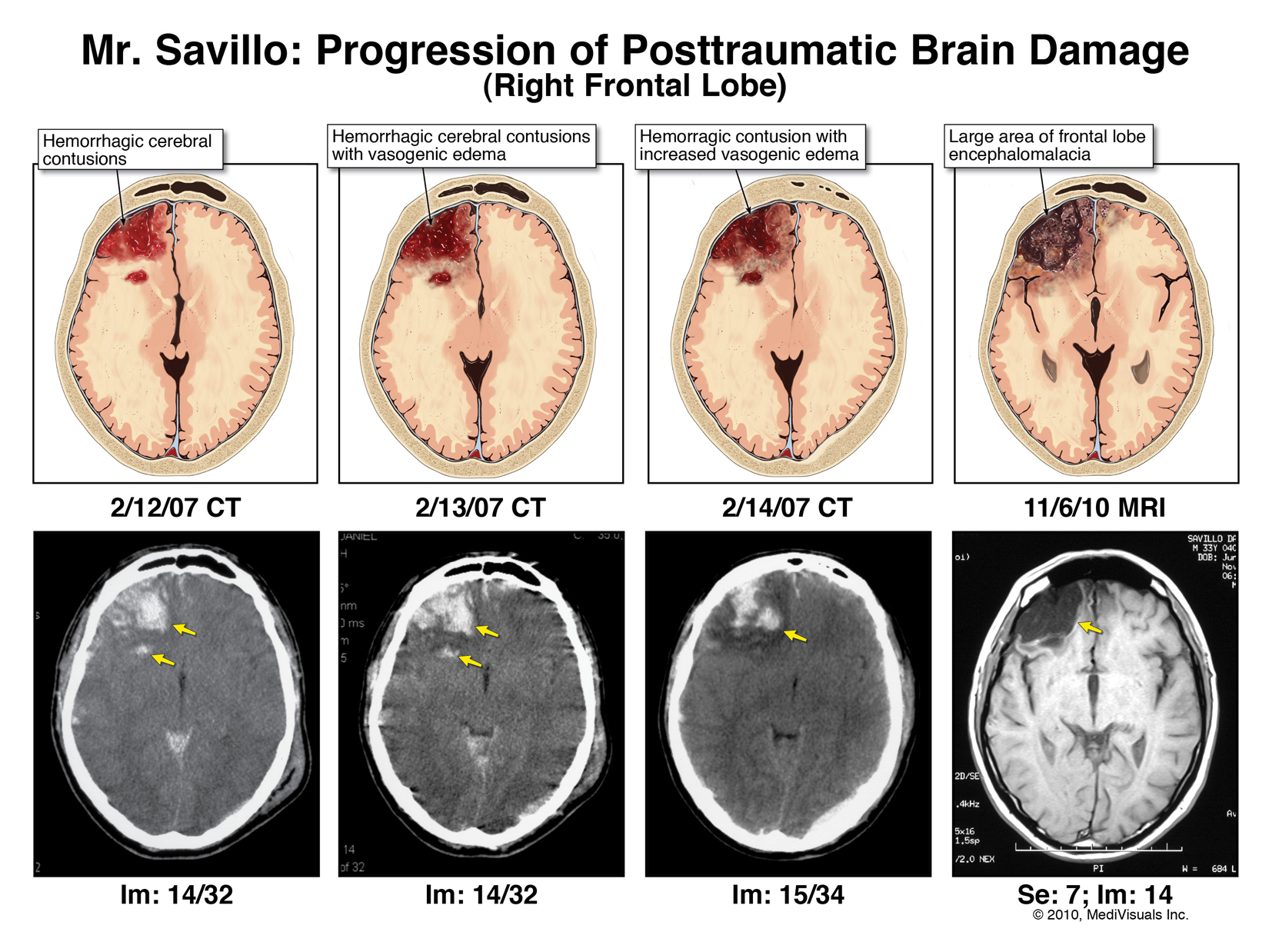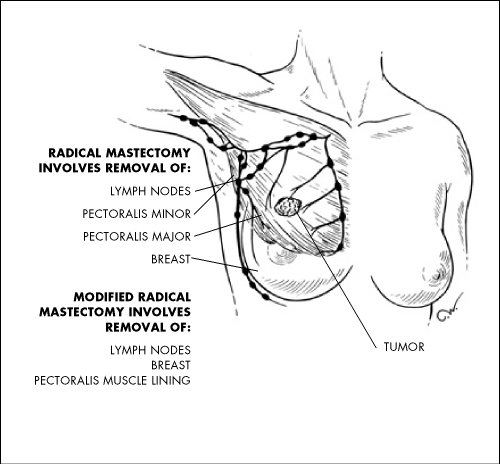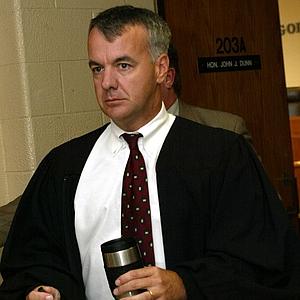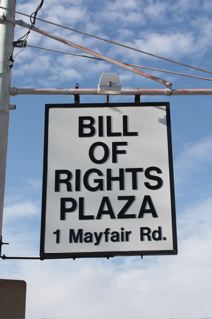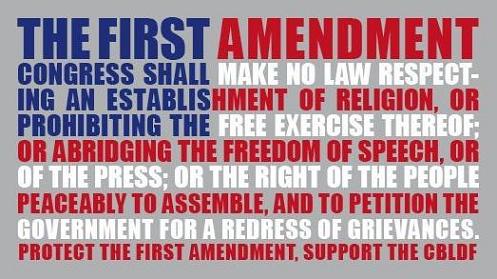 It happened last week. I found out right after I posted a story on a $50M personal injury verdict, and just hours before I headed off for four days of skiing at Killington. This blog was hacked.
It happened last week. I found out right after I posted a story on a $50M personal injury verdict, and just hours before I headed off for four days of skiing at Killington. This blog was hacked.
And oddly enough, while skiing, I think I met the hacker. Or at least someone just like him.
The emails and alerts started last Tuesday, as people began getting redirected from here to a porn site, with a message asking them to click on something having to do with a virus alert. Frantic messages from me to my tech guy then followed, who updated everything and cleaned up the area. Then, apparently, I got hit again. Once again, stuff restored.
Calling me pissed off would be an understatement as I imagined a parade of horribles that I wished would descend on the hacker’s head. It isn’t often that I actually run into people with such an utter contempt for their fellow humans. After all, as an attorney I deal in the world of negligence, not the criminal arena that so often deals with deliberate attacks.
But then, on Saturday morning, after just a couple of ski runs, my wife hurt her knee high up on the mountain. She needed the dreaded toboggan ride down to the base lodge and a trip to Rutland Regional Medical Center.
In the course of that experience, we saw a lot of good old-fashioned human empathy. People stopped on the slope to see if we needed assistance (we did, thank you for stopping). And then they went off to get help. Everyone on the mountain, no doubt, could imagine this happening to them and knew exactly how they would want others to react. They responded with The Golden Rule of treating others the way they would want to be treated. They offered to stay with us if need be, and do whatever they could (nothing to do but wait for Ski Patrol, but thank you for asking).
And then there he was, my hacker. Or as I said at the top, someone just like him.
As Mrs. NYPILB was pulled on the sled at the first aid station at Killington base near 11 a.m. — and this had the potential to be far more serious than her tushy bone injury last summer — we went past a ticket window. And a voice called out, with what sounded like a German accent, “You done skiing today?” Huh? Was he talking to me? I turned to see him looking at me, and he repeated the question.
What a bizarre question I thought, as I hauled our skis to a rack and ran to catch up with the uber-nice ski patrollers who were getting ready to unload her. Yeah, I said, I’m done. Dumb question, I thought. And then…
“Want to sell your ticket?” If I wasn’t a bit rattled at worrying about my wife, and so perfectly stunned by the question, I might actually have walked up to him and knocked him down. Which, if you know me, would be quite out of character having never done such a thing. But I simply couldn’t recall having ever seen a person so completely lacking in empathy. Here was someone getting ready to take his wife to the hospital for lord knows what kind of injury — and you didn’t need an imagination of any kind to come to that conclusion given my wife laying there on the sled — and the thing that ran into this young punk’s mind was saving a few dollars on his lift ticket.
And it occurred to me, as I waited a bit at the hospital for the x-ray results (negative, visit to local ortho coming soon with ACL concerns) that this creep is just the sort of person that hacks. Absolutely no concern for their fellow man. No ability to identify with the plight of another. Zero emotional capacity to put themselves into the shoes of others.
At trial, empathy is something that lawyers look for and try to use. Now we can’t say to a jury, imagine if this was you — that is a violation of a different Golden Rule, this one for juries, and might result in a mistrial. But many a lawyer does ask during jury selection if people would avail themselves of the jury system if they felt they had been wronged. That gets both to the feelings they have about the civil justice system, and incidentally asks jurors to consider what they would do if they were the injured party.
I hope that there weren’t too many of my readers that were affected by the hack. I confess to some complacency on the subject of hacks and viruses since I use a Mac, as Macs aren’t exactly ground zero for hacking. Mac users don’t generally even use any kind of anti-virus software, other than what Steve Jobs might build into the system to quietly work. But this didn’t take place on my computer. It happened on some server somewhere in the back of beyond of the information superhighway.
Perhaps one day the hacker will find himself (and you just know it’s a him, and not a her, don’t you?) in need of assistance. Or the victim of some accident or attack. And will think back on his life and the stuff he has done. But until then, I expect he will remain a slime ball. And perhaps a slime ball forever.
The hacker might be tech smart, but is utterly barbaric in the world of human relations. We can only hope this will prevent the creation of similarly inclined offspring.
